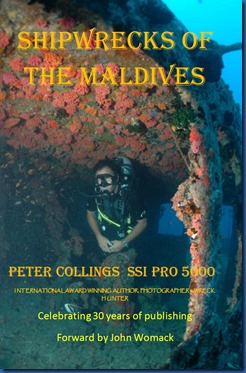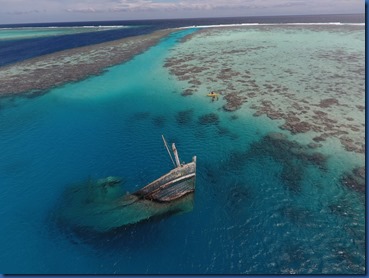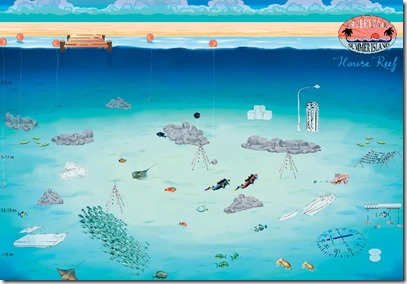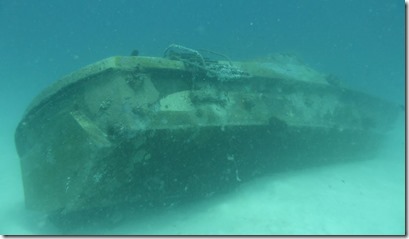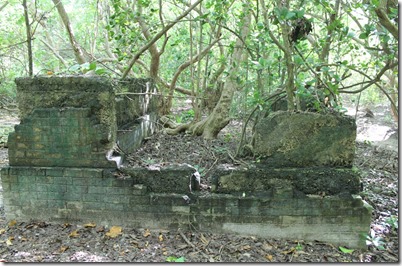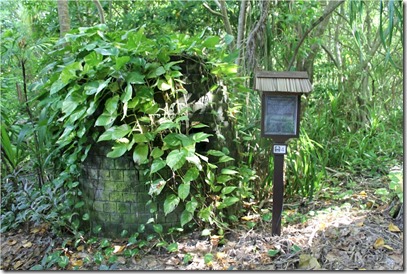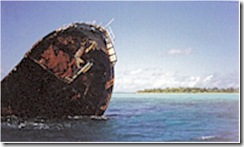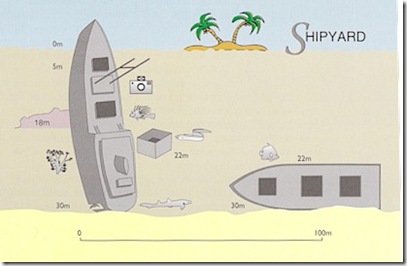The Maldives’ shallow atolls might make for spectacular lagoons and particularly accessible snorkelling, but they were nightmarish obstacle courses for the seafaring trading ships of plying the East-West trade centuries ago. While the wooden vessels have long since rotted away, more modern ones have hit these lurking reefs plenty of times in recent years. In fact, enough to fill a book, “Shipwrecks of the Maldives” by Peter Collings. Not only is it full of dozens of wrecks that I wasn’t aware of (despite having nearly 2000 site in the Dive Site database), but most of them are meticulously researched about their history and background.
I was fortunate to catch up with author Peter Collings who provided a bit more background on his work for Maldives Complete:
- What got you into wreck diving? – During the early expeditions in southern Egypt (1995), I brought together divers from all agencies-with a common goal to explore new locations looking for shipwrecks and unearthing their stories. Endorsed by the Red Sea Association, it soon became an international club which included divers from all walks of life with very useful skill sets, and non divers within the archival services of the world. It became the leading body of wreck research, and still is, in Egypt. To date the team have located, identified and surveyed 34 of the wrecks dived in Egyptian waters.
- When did you first visit the Maldives? – 1995.
- How long did the book take to write? – Three weeks.
- Are there any aspects of wrecks in the Maldives that are a bit different to wrecks in other parts of the world? – Most wrecks there are deliberately sunk for tourists.
The book is available as an ebook PDF here.

